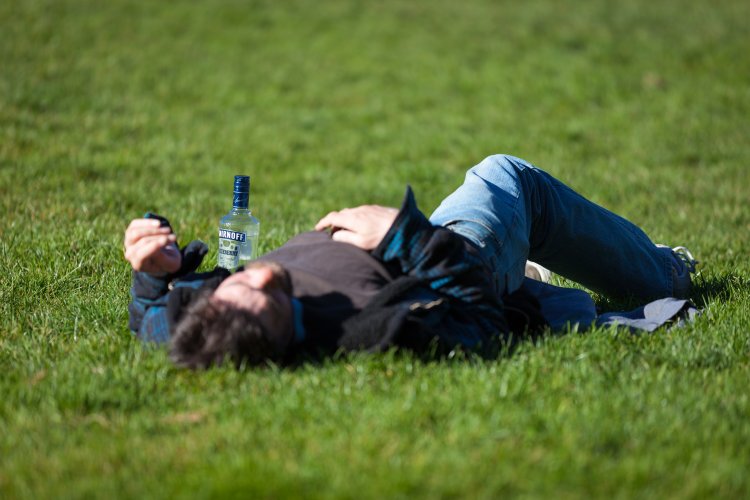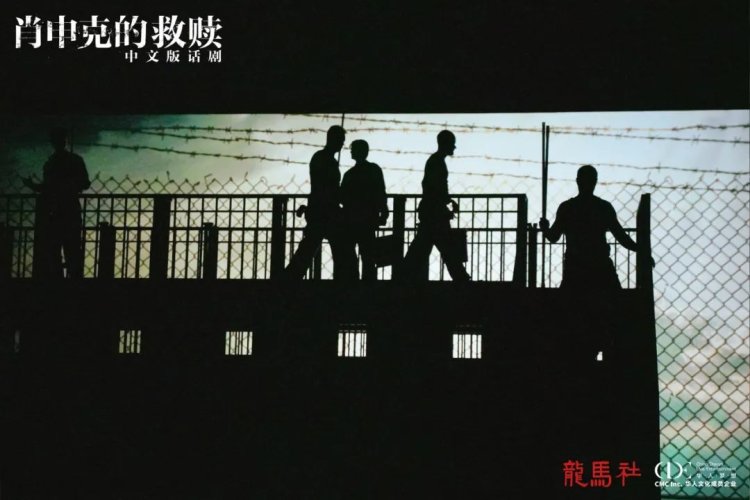Culinary Conservationist: Eileen Mooney on Beijing Snacks
Beijing-based food writer Eileen Wen Mooney has been sampling Chinese food throughout Taiwan, Hong Kong and mainland China for the past 25 years. Her book Beijing Eats, published by Immersion Guides, is the ultimate foodie’s companion to Chinese dining in Beijing. We talked to her about her writing and the endangered state of Beijing snacks.
Why is Beijing such a compelling city in which to eat and write about food?
In Beijing, we have cuisines from all different regions of China. For example, there are the restaurants run by the Beijing representative offices of individual provinces and or regions. The majority of them, say 90 percent, are all very authentic.
And what about the more local foods? What was it about Beijing cuisine, in particular, that inspired you to work on a project like Beijing Eats?
I had read literature, by people like Cui Daiyuan, Liang Shiqiu, Li Qigong and more, who wrote about Beijing snack food. I could imagine the kind of stuff that they appreciated so much. But, I wondered, why hadn’t I heard much about Beijing snack foods after living here for such a long time? I hadn’t heard about Beijing’s specialties. This gave me inspiration, so I started hunting. First of all I went to Qianmen, and looked for chaogan’r (fried liver), douzhi (fermented bean juice), dalian huoshao (“satchel” potstick-ers), and other classic old Beijing snacks. What do they taste like? I wanted to find out. These things are gradually disappearing, too, and I feel sorry about it. These things represent the culture of Beijing. So this book is one way to publicize and nourish the traditions that we still have to enjoy.
Did you have a chance to taste the special neighborhood foods before the old Qianmen was torn down?
Yes, I had already started my project before the renovation. In 2004, I started my hunt for Beijing snack foods. And then in 2005, 2006, it was demolished. The laozi¬hao snack vendors around Qian¬men closed down their businesses in 2006 and moved to the little hutong in the Houhal area (Jiumen Xiaochi at Xiaoyou Hutong). In that tiny little courtyard place, there are 12 to 15 of them.
Can their regular customers find them there?
They definitely can. The old Beijingers are still miss¬ing them. As soon as they reopened one August, people lined up in huge queues. That’s why I think this is exactly the kind of Beijing culture we must promote. But there is no opportunity, no room for them. Mr. Feng once told me that he’s re¬ally hoping to retrace the ancient recipes, but the problem is that he’s not supported financially to do so. See, they are already so worried about their own rent, how can they research anything else?
Is there any chance of seeing a snacking revival around Qianmen in the wake of the renovation?
Now Qianmen Street has been renovated, hasn’t it? So these tradi¬tional brands are very eager to go back to their original spot. That area around Qianmen Dajie was indeed their territory. However, the rent is so high and no one is speaking up for them. Why not take less rent from them? They are simply doing these little businesses, nothing too profitable. It is not like selling a cup of coffee for RMB 30. A plate of boiled tripe is only ten, right? How can you charge them such high rent? This was initially their territory, how could you drive them away? I think this is very unreasonable.
What is your take on Qianmen Dajie today, without them?
Qianmen Dajie today is no longer real. It’s all newly built stuff. All of the winding little hutongs, Beijing’s true specialty, are already gone, as if they have been flattened. There is no more specialty to be named. Who would be impressed by a brand new wide road? This is very unfortunate.
Is Beijing snack food an endangered species?
It probably will not become extinct, but the diversity has gradually decreased. Initially, there were over 300 kinds of Beijing snack foods. Now there are prob¬ably only 60 or 70 left. There are a number of factors for this. First of all, there is a huge population from outside Beijing in this city. The local Beijingers are becoming fewer and fewer. Those from elsewhere in China have different tastes than the Beijingers, and they wouldn’t appreciate the snack food the way the locals do. On the other hand, for various reasons, the Beijingers are often not confident enough to promote their own stuff.
So how can interested people learn more about traditional Beijing snack foods?
It is difficult. If you go to Huguo Si snack shop, you almost wouldn’t know what you want to eat because there are simply too many choices. Maybe some old people or Beijingers like to have “flour tea,” but aside from that, the shop also has shao bing, tanghuo shao, tang erduo, even “wife’s pancakes” [which are Cantonese]. There are many, many choices – too many. I’d imagine that it wasn’t like this in the past, mixing all these things in the same place; it must have been that each shop had its own specialty.
But now they are mixing all the snack foods together, and I have no idea what I want to eat whenever I go there. It drives me crazy. Where I was born, people only made their own specialty. The proprietor would only sell this one thing the whole day, and that’s it. In Indonesia, on Bali is¬land, we have a lot of snack foods. For example, the fried banana. The man would only sell his fried bananas, and nothing else. But you’d always know that it is his fried banana that you want to eat, and you’ll only go to him.
So what would you recommend as an alternative to the Huguo Si-style hodge podge?
Feng Guoming. Their expertise is boiled mutton tripe. The family sells 13 different kinds of boiled tripe, and they explain each of them on a list: what is du ren, du ling, du ban, etc. But they are very unlucky, they have had to move several times. Initially they were at the Dong’an Market. They had a little tripe stall there in the Qing Dynasty. Business was very good. It was so popular that they were often summoned to the palace to make the boiled tripe on the spot for the officials, especially the bannermen, who loved baodu. Later it was closed, and then they opened another small stall. But because of the constant construction of new buildings in Bei¬jing, they had to move again. Eventu¬ally, they moved to the Liupukeng area, their current spot.
Their boiled tripe is truly tender, not carelessly made like some others. They make their own sesame butter too, not too thin, and with a strong flavor. The shop itself is very clean too. Their food is not expensive either. It is simply common people’s stuff.
What is your favorite restaurant in town?
My favorite Chinese restaurant is Guoyao Xiaoju. I really love this family-run restaurant because it consistently offers quality food and it’s very inexpensive. They focus on the food and not tricks to keep people coming.
Do you have a favorite food or dish?
Wow, this is a difficult question. I like so many things. For Beijing specialities, I love madoufu (stir-fried mung bean pulp), and shao qiezi (braised eggplant); for Hunan, nongjia xiaochao (stir-fried pork with hot chilies); and for Hakka dishes, caipudan – omelette with salted turnip and stewed bitter melon with fatty pork. These are just a few favorites among many. I am not picky about food, but I do have sharp taste buds.
What is the best thing about your book, Beijing Eats?
The best thing about Beijing Eats is that anyone who reads it can quickly become a Chinese food expert, because it introduces a wide variety of dishes and cuisines. And although it focuses on Chinese restaurants in Beijing, one can use this information anywhere in the world. For example, if you walk into a Hunan restaurant in Changsha, Tokyo, New York, Paris or London, you will know what to order.
For more of Eileen Wen Mooney’s explorations and insights, visit her blog: eileeneats.com.
A portion of this article was adapted from an interview by 一碗麻酱 for the June 2009 issue of Shanghai @2 magazine (温爱英。留住京城的味道).
Guoyao Xiaoju, Daily 10am-2.30pm, 4.30-9pm. 58 Jiaodaokou Beisantiao, Andingmen Dajie, Dongcheng District. (6403 1940) 国肴小居, 东城区安定门内大街交道口北三条58号
Jiumen Xiaochi, Daily 10.30am-1.30pm, 5.30-9pm. 1 Xiaoyou Hutong, Xicheng District. (6402 5858) 九门小吃,西城区孝友胡同1号






